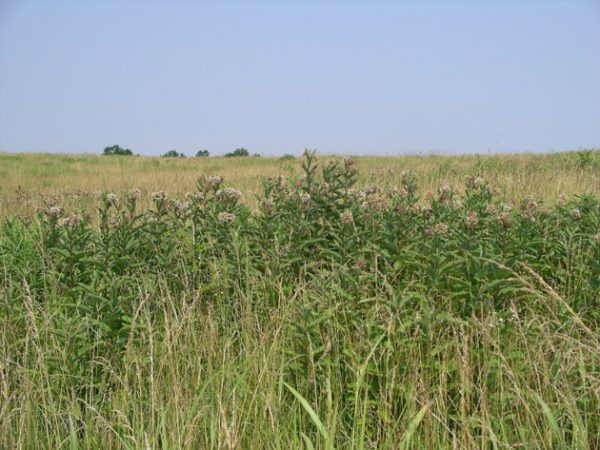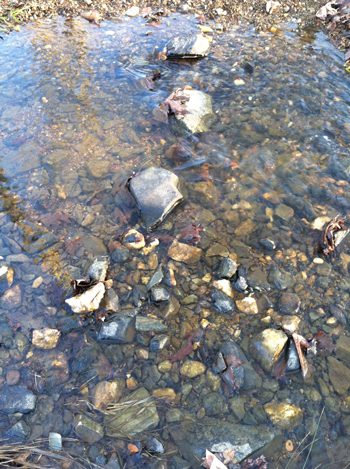The nature of resolutions

I have a notepad on my kitchen counter for a running grocery list, and there’s one on my desk devoted to errands and chores. I’ve kept a digital file of all the books I’ve read for more than 20 years. My nature observations are recorded in a hefty, leather-bound journal. Despite an obvious affinity for lists, I’ve never spilled a drop of ink on New Year’s resolutions. All that changed on New Year’s Day when I spotted an eagle perched on a limb overlooking our fields of native, warm-season grass. I’d never seen one so far upriver or away from the water, so this event was clearly significant enough to merit a mention in my nature journal.
I knew my entries had fallen off last year – mostly because I’ve been preoccupied with our move and renovation – but I was stunned to find I hadn’t recorded anything since March. The lapse prompted me to make a resolution. In 2015, I intend to have every month represented with a written observation. Once I started to think of New Year’s resolutions as another to-do list, I quickly added several other nature-related goals for the coming year.
 Plant more milkweed. The monarch population is in trouble, and these host plants are essential to their survival. Their precipitous decline in recent decades is primarily due to habitat loss from development and changes in agricultural practices. Common milkweed and butterfly weed occur naturally in our grasslands, but I need to plant some in the yard as well.
Plant more milkweed. The monarch population is in trouble, and these host plants are essential to their survival. Their precipitous decline in recent decades is primarily due to habitat loss from development and changes in agricultural practices. Common milkweed and butterfly weed occur naturally in our grasslands, but I need to plant some in the yard as well.
Find a place for a nuthatch box. In January 2014, I wrote about the effort to provide nest boxes for another species in decline, the brown-headed nuthatch. All it takes is adding a small excluder to the opening of a standard bluebird box and placing it in the proximity of pine trees. That ought to be an easy task in the Uwharries, but I’ve yet to follow through and do it.
Arrange for the installation of the barn owl box I ordered before Thanksgiving. Audubon members in the Triangle fear the barn owl has been extirpated from their sprawling region, so volunteers are helping to install nest boxes in promising Piedmont habitat. We’ve found pellets to indicate they’re foraging in our fields, but there’s no evidence of them nesting in our sheds. We hope they’ll find a nest box more enticing.
Come up with a better way to cross the creek. It isn’t wide or deep, but after a good rain, the water can top my hiking boots. I add a few stepping stones on occasion but they inevitably shift or get slippery. Maybe this will be the year I finally follow through on a notion to try a couple of cinder blocks.
Enjoy the habitat I’ve worked to create. In recent years, my determination to make our habitat irresistible to a wide range of birds has meant I’ve spent less time watching and appreciating the very creatures that inspired my efforts. This is especially ironic since we now have so many more birds to watch.
Don’t be so dismayed by invasives. All too often, a pleasant stroll on our land becomes a burdensome chore. Instead of enjoying the pristine acres of forests and grasslands, I focus on the single sprig of privet, the tree of heaven sapling or the dreaded patch of stilt grass. I intend to remain vigilant about eradicating invasives, but I also need to revel in the fact that 99 percent of the vegetation is glorious.
As I came to the end of my list, I realized it had expanded in scope. Not only did it include tasks to make the earth a better place, there were directives aimed at making me a better person. That’s in keeping with the true spirit of a New Year’s resolution.